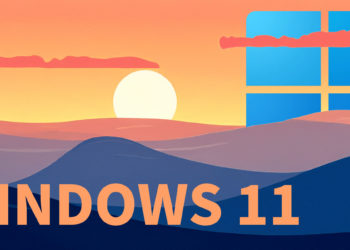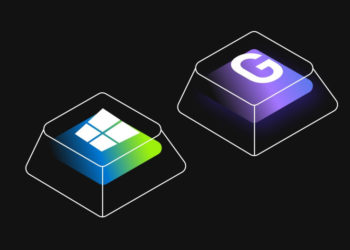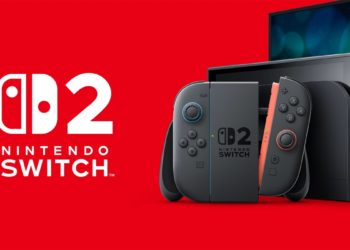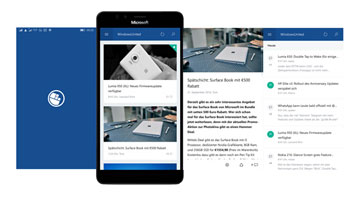Microsoft hat eine Roadmap für WinUI 3.0 veröffentlicht. In dieser können interessierte Entwickler alle aktuell enthaltenen oder geplanten Funktionen nachverfolgen. Mit WinUI 3 möchte Microsoft ein universelles UI schaffen, welches sowohl für klassische Win32 Apps als auch moderne UWP Apps genutzt werden kann. WinUI 3.0 ist somit ein wichtiger Bestandteil von Project Reunion, welches UWP und Win32 zusammenführen soll.
Siehe auch: iFixit über Surface Duo: „Bold and impressive“
WinUI 3.0 Feature Roadmap
| Customer Capability | Preview 2 (July 2020) | Preview 3 (Nov 2020) | WinUI 3.0 (2021) | Post-3.0 (3.x releases) |
|---|---|---|---|---|
| Ready for production apps | Y | Y | ||
| WinUI in Desktop (Win32) apps* | Y | Y | Y | Y |
| Supports MSIX Deployment | Y | Y | Y | Y |
| Supports non-MSIX deployment | Y | |||
| WinUI works downlevel to Windows 10 version 1803 and above | Y | Y | Y | Y |
| ARM64 support | Y | Y | Y | |
| .NET 5 Support for UWP apps | Y | |||
| .NET 5 Support for Desktop apps | Y | Y | Y | Y |
| Works on Windows 10X | Y | |||
| Works on additional Windows form factors (Xbox, HoloLens, IoT, Surface Hub) | Y | |||
<SwapChainPanel> |
Y | Y | Y | Y |
| Off-thread input for SwapChainPanels | Z | Y | ||
| Chromium-based WebView2 | Y | Y | Y | Y |
| Title Bar customization for UWP apps | Y | |||
| Title Bar customization for Desktop apps | X | X | Y | Y |
| XAML Islands | Y | |||
| Multi-window support for Desktop apps | X | Y | Y | Y |
| Drag and drop | Y | Y | Y | |
| Acrylic material | Y | |||
| Reveal Highlight | Y | |||
| Fluent Shadows | X | X | X | Y |
| Rounded corners | Y | |||
| Media Controls | Y | |||
| Input validation for data fields | X | X | Z | Y |
<MapControl> |
Z | |||
<InkCanvas> |
Y | |||
| RenderTargetBitmap | Z | Y | ||
| * For Preview 2: Single content tree-only. Supports C# or C++. Includes VSIX-based project templates, XAML Win32 app model support, etc. This will no longer be a restriction in Preview 3. |
Legend: Y – Included, or planned to be included; X – Partial Capability; Z – Stretch goal
WinUI 3.0 setzt stark auf Microsofts Fluent Design Sprache und soll moderne und gut zu bedienende Windows Anwendungen ermöglichen, welche sowohl per Maus und Tastatur als auch auf 2-in-1 Geräten und per Touch bedient werden können.

Quelle: Microsoft via mspoweruser








